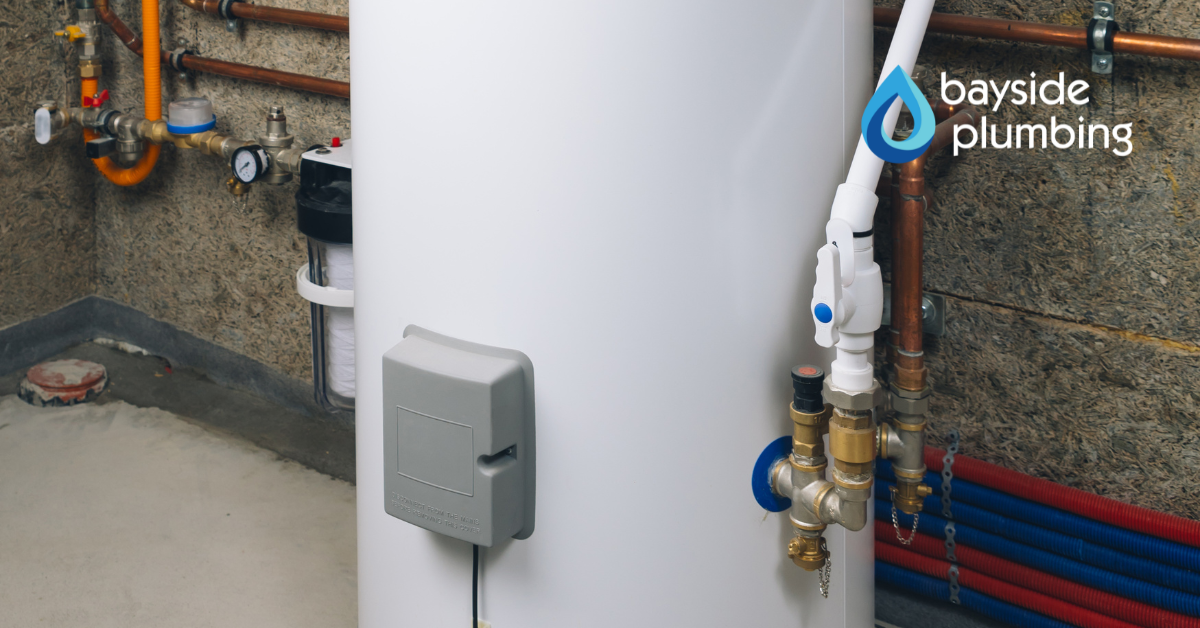Replacing a water heater can be intimidating, but with the right steps, the process can be simple and stress-free. Understanding how water heater installation works and when to hire a professional can help you save time and protect your home.
Choosing the Right Water Heater
The first step is to determine which type of water heater best meets your household’s needs. Tank water heaters store a predetermined amount of hot water, whereas tankless models heat water on demand, saving energy and ensuring consistent temperatures. When selecting a unit, consider your family size, daily water usage and energy efficiency ratings. Consulting a residential plumbing contractor helps you make the best choice for your home and lifestyle. They can also explain options like gas or electric units and recommend models that fit your plumbing setup. If you’re unsure about which size will meet your household’s needs, a professional can provide guidance to prevent future problems.
Preparing for Installation
Make sure the area is accessible and clear before starting the installation. Turn off the water and power supplies to the existing unit. A plumbing inspection service visit can find any possible problems that could prevent installation if your home needs updates to the connections or pipes. At this stage, proper planning prevents leaks, code violations and unnecessary delays. If you’re thinking about using your new heater to improve the quality of your water, you can also look into related services like water purification installation. Preparing the space carefully can save hours of frustration during the actual installation.
Installing Your Water Heater
During installation, the old water heater is carefully removed and new water and power connections are made. Tankless units require precise placement and venting to work efficiently. Before turning on the power, the system is filled with water and pipe connections are tightened and checked for leaks. Following manufacturer instructions and safety guidelines is critical to avoid damage or injury. Proper installation also helps extend the life of your water heater and keeps your plumbing system functioning smoothly. If you notice irregular performance during the first few days, it’s usually a simple adjustment that a professional can make quickly.
Maintaining Your Water Heater
Regular maintenance keeps your water heater operating effectively after installation. Important steps include checking for leaks, inspecting valves and flushing the tank to remove sediment. Call a water heater repair and replacement professional immediately If you notice temperature fluctuations or strange noises. Scheduling routine checkups with your residential plumbing contractor ensures the system stays in top condition, and small problems are addressed before they become major issues. Monitoring your water heater’s performance and staying on top of maintenance prevents surprises and keeps your home comfortable year-round.
Taking the time to understand water heater installation helps you feel confident in the choices you make for your home. From selecting the right unit to ongoing maintenance, each step matters. Partnering with a trusted professional makes the process faster, safer and less stressful so you enjoy reliable hot water with confidence. A new water heater can offer years of comfort and peace of mind with careful planning.


